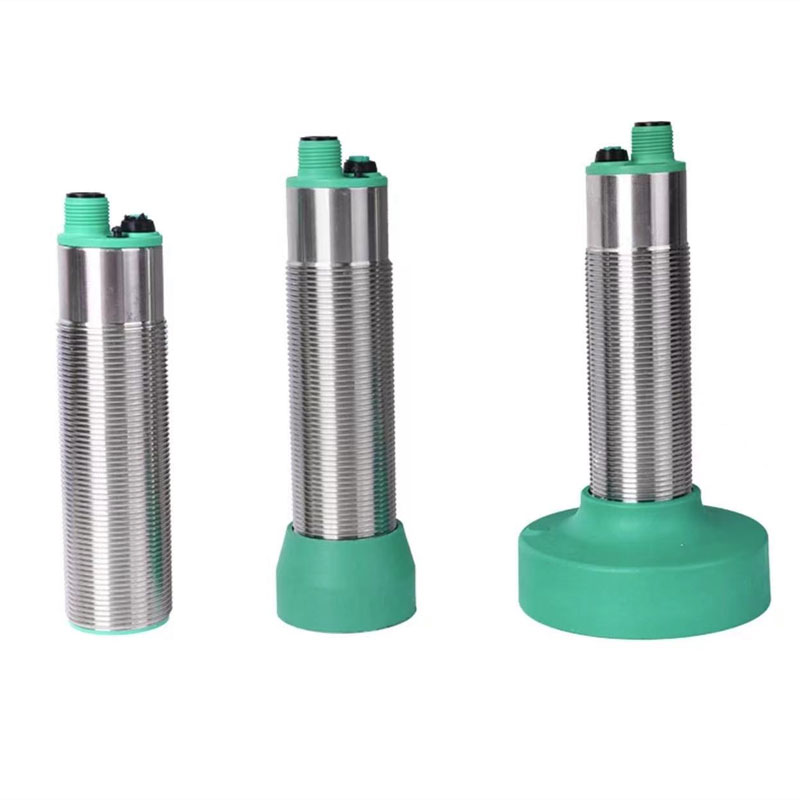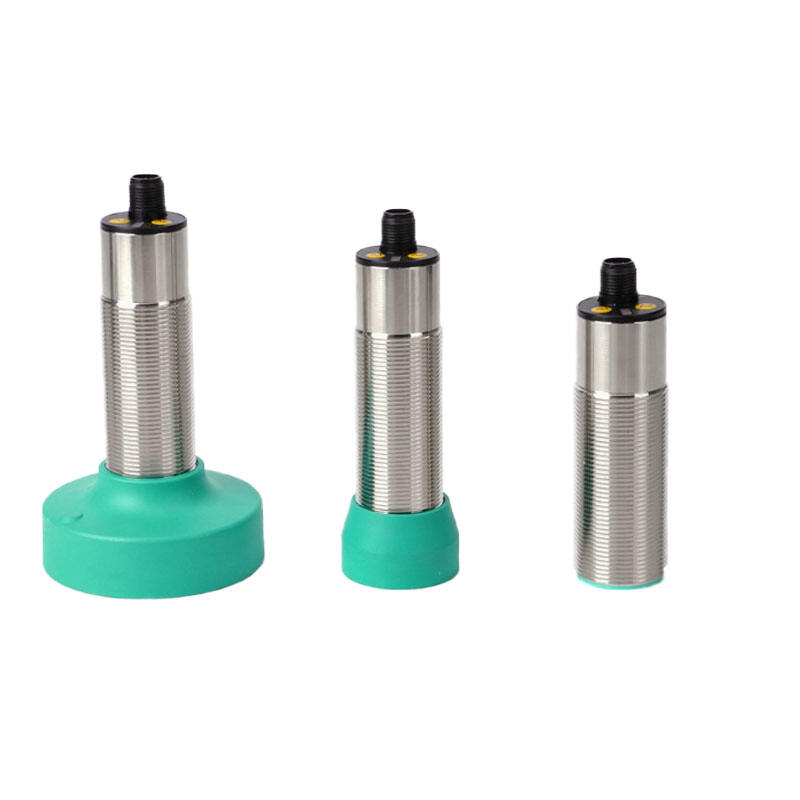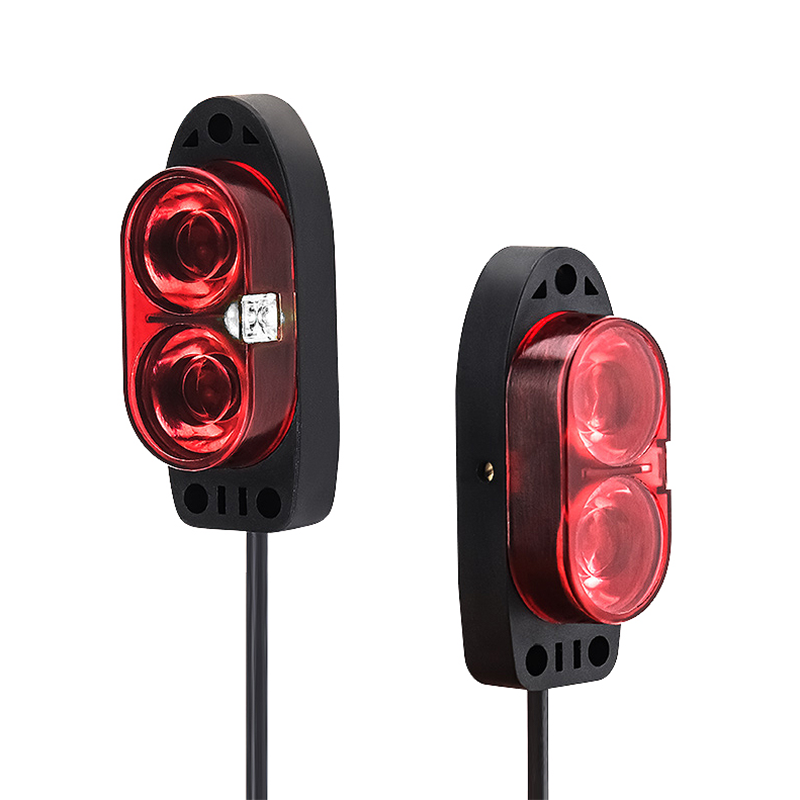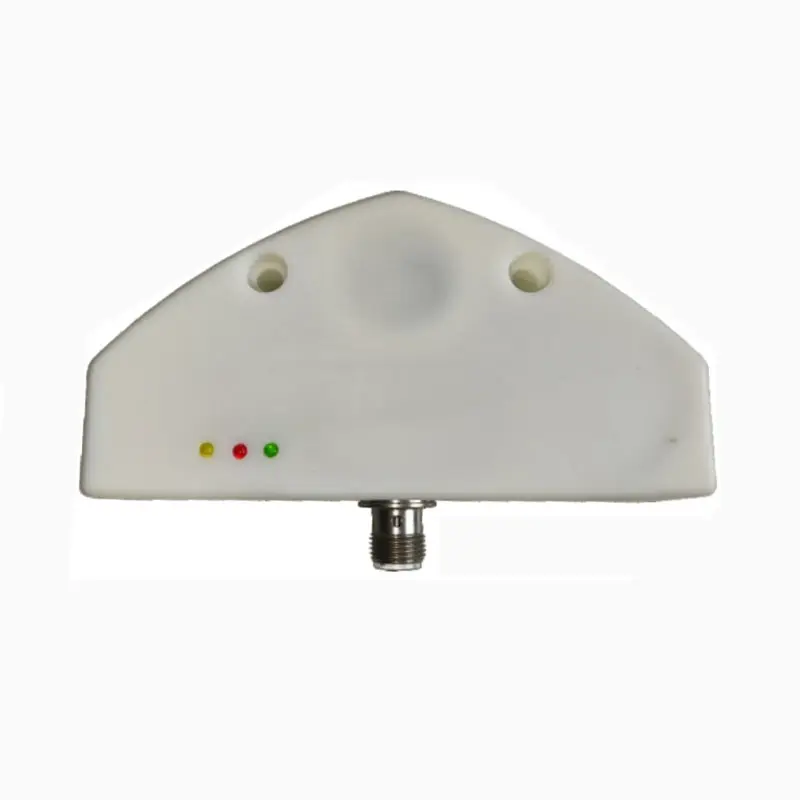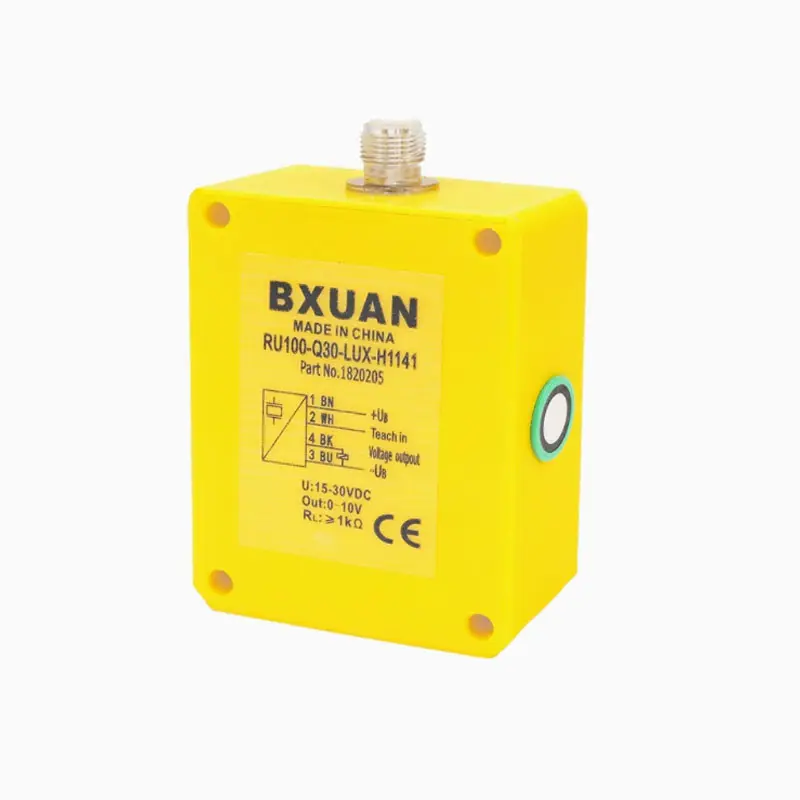distance sensor in drone obstacle avoidance
Distance sensors play a crucial role in drone obstacle avoidance systems, serving as the primary means of detecting and measuring the proximity of potential obstacles in the drone's flight path. These sophisticated sensors emit signals, typically using ultrasonic waves, infrared beams, or laser technology, which bounce off objects and return to the sensor. By calculating the time taken for these signals to return, the sensor determines precise distances between the drone and surrounding obstacles. The technology enables real-time detection and measurement, allowing drones to maintain safe distances from obstacles and adjust their flight paths accordingly. Modern distance sensors can detect multiple obstacles simultaneously and operate effectively in various lighting conditions and environments. They work in conjunction with the drone's flight control system, providing continuous data that enables autonomous navigation and obstacle avoidance. The integration of these sensors has revolutionized drone safety and reliability, making them essential for applications ranging from professional aerial photography to industrial inspections and delivery services. Advanced models can detect obstacles at distances of up to 30 meters, providing ample time for course corrections and ensuring smooth, safe flight operations.

